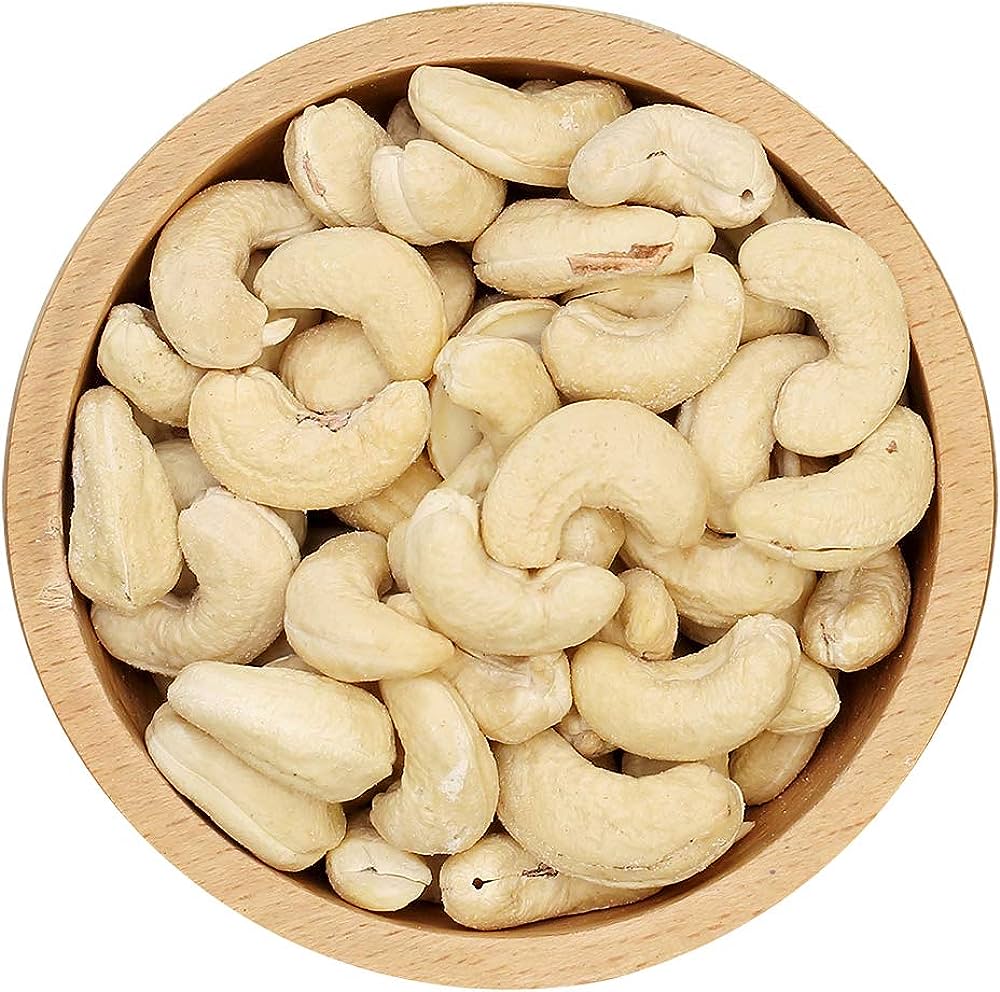Cashews, with their unique shape and rich flavor, have become a beloved snack and ingredient in cuisines around the world. In this blog post, we will take a deep dive into the world of cashews, exploring their origins, health benefits, culinary uses, and more. Join us as we uncover the nutty delight that is the cashew.
I. The Origins and Cultivation of Cashews A. Introduction to Cashews Cashews, scientifically known as Anacardium occidentale, are native to northeastern Brazil. They belong to the same family as poison ivy and poison oak but don't let that deter you! Cashews are a true culinary gem. B. Cultivation Process Cashews are grown on cashew trees, which thrive in tropical climates. The trees produce cashew apples, which are pear-shaped fruits with a juicy pulp. Inside the cashew apple, you'll find the cashew nut attached to a kidney-shaped shell. The harvesting and processing of cashews require careful handling due to the toxic resin present in the shell.
II. Nutritional Value and Health Benefits of Cashews
A. Nutritional Profile Cashews are not only delicious but also packed with essential nutrients. They are a good source of healthy fats, protein, fiber, vitamins, and minerals. A serving of cashews provides a healthy dose of magnesium, phosphorus, copper, and manganese.
B. Heart Health and Cholesterol Management Cashews are rich in monounsaturated fats, which are beneficial for heart health. These fats help lower bad cholesterol levels and reduce the risk of heart disease. Additionally, cashews contain antioxidants and plant compounds that contribute to overall cardiovascular well-being.
C. Weight Management and Blood Sugar Control Contrary to popular belief, cashews can be a part of a healthy diet for weight management. The combination of protein, fiber, and healthy fats in cashews helps promote satiety and regulate blood sugar levels, making them a satisfying and nutritious snack option.
III. Culinary Uses and Versatility of Cashews
A. Snacking and Trail Mixes Cashews are a popular choice for snacking due to their creamy texture and mild, buttery flavor. They can be enjoyed on their own or mixed with other nuts and dried fruits to create delicious trail mixes.
B. Cooking and Baking Cashews are a versatile ingredient in both savory and sweet dishes. They can be ground into a creamy cashew butter, used as a dairy-free alternative in vegan recipes, or added to stir-fries, curries, and salads for an extra crunch and flavor.
C. Plant-Based Milk and Dairy Alternatives Cashews can be transformed into a creamy and nutritious plant-based milk. Cashew milk is a popular dairy alternative, perfect for adding to coffee, smoothies, or cereal. It is also a great base for vegan ice creams and desserts.
IV. Fun Facts and Interesting Trivia about Cashews
A. Cashews are not actually nuts but seeds.
B. The cashew tree is related to poison ivy and poison oak.
C. Cashews are the third most consumed tree nut worldwide, after almonds and pistachios.
D. The cashew shell contains a toxic resin called urushiol, which is removed during processing.
Conclusion: Cashews, with their delightful taste and versatility, have earned their place as a beloved nut in the culinary world. From their origins in Brazil to their health benefits and culinary uses, cashews continue to captivate our taste buds and nourish our bodies. Whether enjoyed as a snack, used in cooking and baking, or transformed into plant-based milk, cashews offer a nutty delight that is hard to resist. So, go ahead and savor the goodness of cashews in all their forms, and let their unique flavor and nutritional benefits enhance your culinary adventures.
All Variety of Cashew are available at andha pansari stores agra

